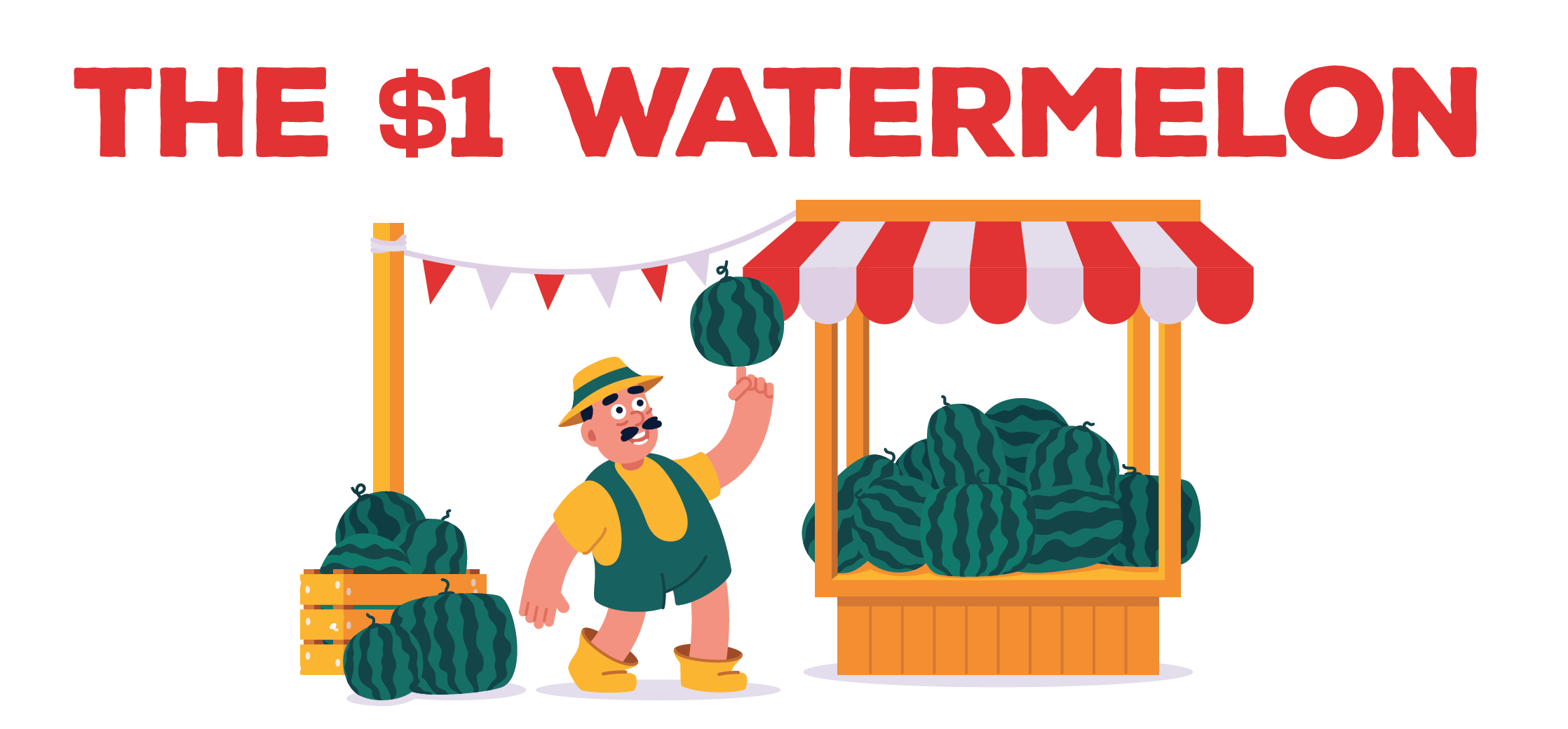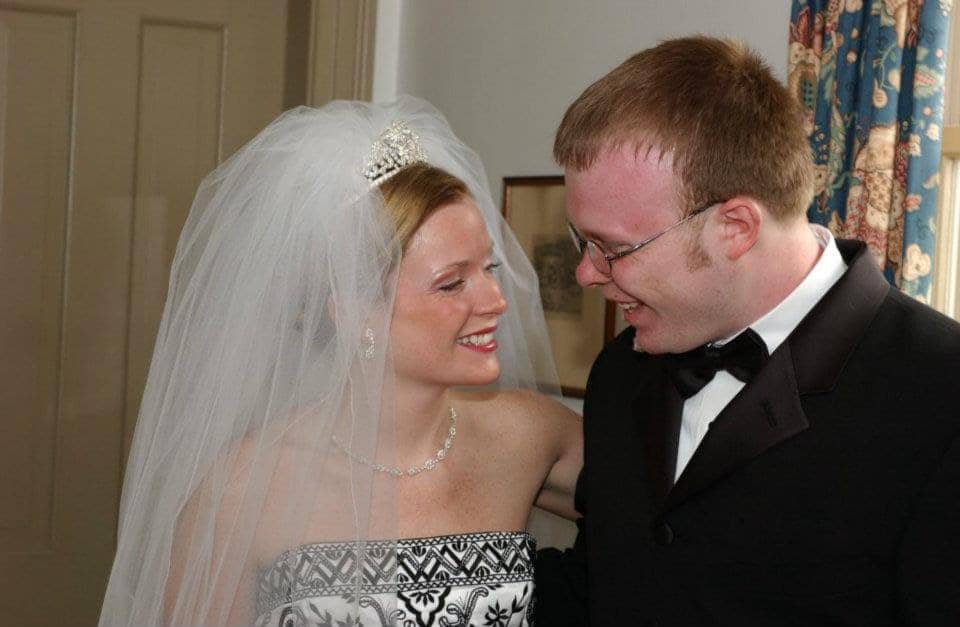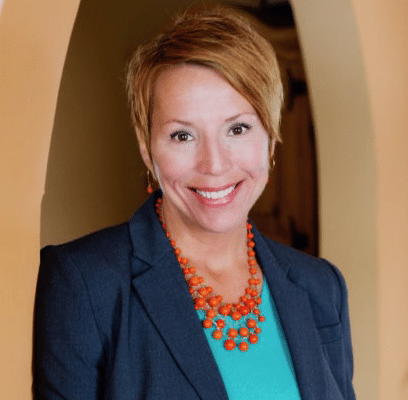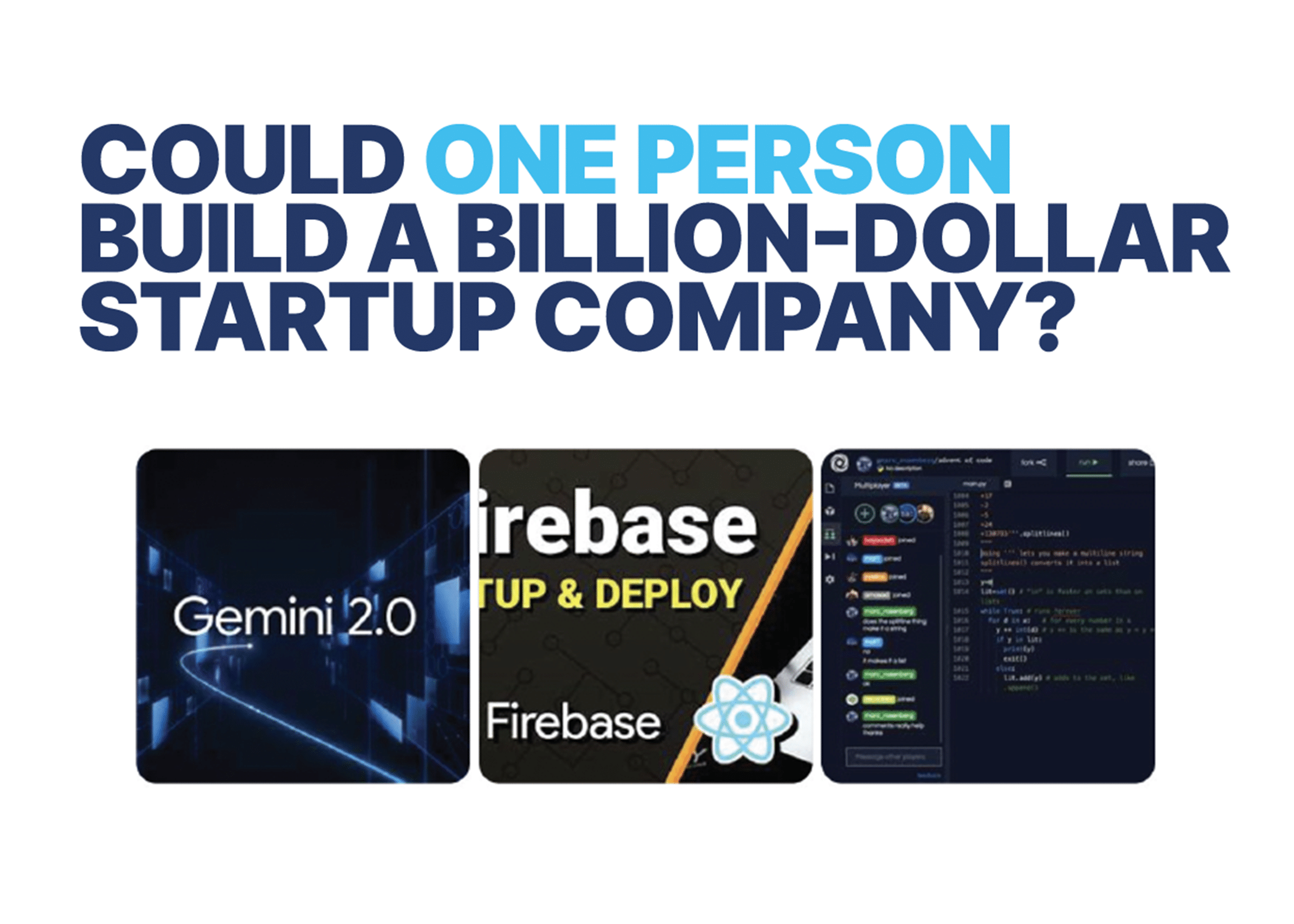A young boy is buying food for his family from street vendors in his village.
As he approaches a watermelon stand with an elderly man attending to it, the boy notices a sign that says:
1 Watermelon – $3
3 Watermelons – $10
He quickly does the math and realizes the old man must have made a mistake. It would be cheaper to buy three watermelons one at a time for a total of $9, so that’s what the boy does.
After he buys the third watermelon the boy turns to the old man and says, “I tricked you! I bought three watermelons one at a time and only paid $9 instead of $10 like it says on your sign.”
As the boy snickers with a haughty grin, the old man smiles and says, “Yes, but you bought three watermelons when you typically buy only one.”
***
Sales psychology is one of my fascinations. What makes us pay more for something than we otherwise would? What makes us buy multiples of an item when we only need one?
In the story above, the young boy became so excited about the prospect of fooling the old man with his scheme that he lost sight of the fact that he didn’t need three watermelons. The boy’s desire to be clever and take advantage was what the watermelon vendor was counting on.
Behavioral economics is the study of how emotional, psychological, cultural, and social factors influence our decisions.
One of the more interesting concepts in behavioral economics is the “willingness to pay.” Commonly referred to as the WTP, it essentially represents “the maximum price at or below which a consumer will definitely buy one unit of a product.”
But this WTP measurement is a textbook definition that often doesn’t account for the multitude of factors that influence our purchase decisions.
In my industry (real estate) buyers often pay more for a home based on unique circumstances.
Many years ago I listed a home three doors down from a couple who just had their first baby. There were several interested buyers, but none as emotionally committed to the neighborhood as the couple’s parents (who had just become grandparents).
The comps didn’t matter. The appraisal didn’t matter. The fact that the home had deferred maintenance didn’t matter. Those new grandparents were going to buy that home no matter what the cost to live three doors down from their new baby granddaughter.
Another great example was my good friend and master Porsche salesman, Gary Hopkins. You may remember the article I wrote about him a year ago entitled There Is No Substitute.
Gary knew the right things to do and say so I’d buy the particular Porsche he wanted to sell me, not negotiate price, and drive away feeling like I won. “This one is for display only” or “I can’t sell it to you until it hits the showroom floor and everyone has a chance” or “It’s a ‘special edition…the only one we’ll get from the factory.” Gary was always honest, straightforward, and among the nicest people you could ever know. His mastery of sales psychology enabled him to sell at the highest level with buyers who drove away thrilled.
Have you ever heard of the “better, faster, cheaper” rule? It’s a well-known concept in business. It basically states that the best product offerings exhibit at least two of those characteristics.
When buying Porsches from Gary Hopkins, I always knew I could get the “special edition” (better) and that I could get it before anyone else (faster), but it was definitely NOT going to be cheaper.
That was fine because Gary made sure I felt like I got at least two of those three characteristics.
When it comes to the willingness to pay more for something, it can usually be summed up with one word…emotion. How we make people feel is typically what causes them to pay a premium.
As sales coach and business icon, Zig Ziglar, once said: “Selling is essentially a transfer of feelings.”
So did the young boy from the intro story learn his lesson? Well, when he got home he put a small table out in front of his house, placed two watermelons on it, and posted a sign that said:
1 Watermelon – $4
2 Watermelons – $9
The first man who walked by saw the “mistake” on the boy’s sign and did exactly what the boy did earlier that day…he bought one watermelon for $4 and returned just a few minutes later to purchase the second one for $4. Then the man decided to help the boy learn a lesson. He said, “Young man, I just bought both of your watermelons for $8 instead of $9. Do you see your mistake?”
The boy smiled and replied, “Actually, sir, it’s not a mistake at all. Earlier today I bought three watermelons for $9. I just sold two of them to you for $8. That means I only paid $1 for the watermelon I really needed.”












